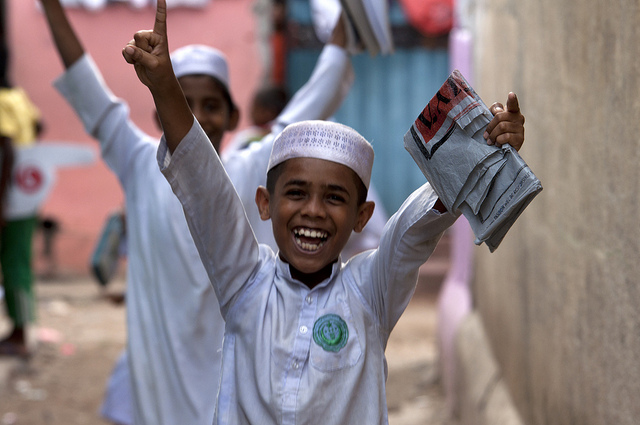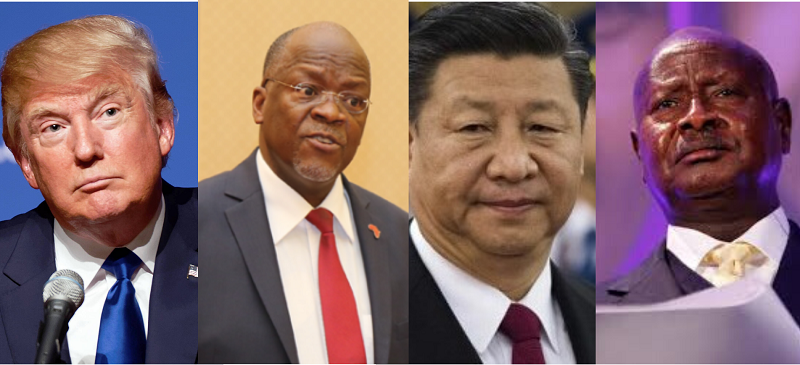“Can youth play a central role in securing peace?”
December 4 Post-war Sri Lanka presents a unique backdrop for the development of the county’s youth, writes Salma Yusuf, a Commonwealth Correspondent from Sri Lanka. She examines the relationship between youth, peace and conflict and suggests avenues for youth to join the drive for peace in a post-war environment.
Post-war Sri Lanka presents a unique backdrop for the development of the county’s youth, writes Salma Yusuf, a Commonwealth Correspondent from Sri Lanka. She examines the relationship between youth, peace and conflict and suggests avenues for youth to join the drive for peace in a post-war environment.
Can youth play a central role in securing a permanent peace? To answer this question we should try to ascertain whether youth plays a role in generating conflict in the first place.
In the case of Sri Lanka, it cannot be clearer: initial youth uprisings that planted the seeds of the three-decade ethnic conflict are a fact in our country’s history. Both the ignition of the ethnic conflict and the insurrections stemmed from local universities as well as from other sections of the youth population.
The uprisings were mainly due to perceptions of discrimination, and the lack of justice and fair play that accompanied the introduction of standardization in education. Successive Sri Lankan governments have tried and failed to find durable solutions to these issues. This is largely due to the failure to rigorously scrutinize the implication of various policies before they are implemented.
In the Sri Lankan context, from the viewpoint of the country’s youth, these problems were exacerbated by several other considerations, one of which was the increasing mismatch between education and the manpower needs of the economy. Decades after independence, the education system that had been shaped to cater to the requirements of an earlier era remained unchanged.
Flash forward to the conclusion of the war in 2009. The call must now be for long-term stability to consolidate the dividends that come with cessation of armed hostilities. Increased investment in the country’s most potent social capital becomes imperative in post-war efforts at development, security, reconciliation and peace building. In contrast to most countries in the developing world, the case for investment in youth is very strong in Sri Lanka, which records a literacy rate of over 90 per cent. This means that there already exists a resource pool with a degree of skills and knowledge. This is an ideal springboard to move society to a largely middle–income status.
In post-war Sri Lanka, the youth experience a unique situation – they will undergo a dual transition from youth to adulthood against a larger backdrop of the country’s transition from conflict to peace. This dual transition is particularly challenging for the youth of our country and must be taken seriously in all national plans and programmes.
Against such a backdrop, I would like to recommend a five-pronged national strategy for Sri Lankan youth in post-war peace building.
First, the call must be for a State-led programme for structured and constructive youth engagement. This must essentially involve a multi-faceted strategy that attends to the minds, the hearts and souls of the young people of the country.
Second, the youth dimension must be mainstreamed into all existing national policies and plans.
Third, cooperation from the international community to support such efforts must be welcomed, mainly in the areas of sharing success stories of youth involvement in peace-building in other post-war contexts.
Fourth, the sharing of experiences and learning can be a useful platform to engage young members of the Sri Lankan diaspora. Therefore, youth engagement will and must have connections to our multilateral and bilateral foreign policy efforts.
Fifth, further research, study, understanding and awareness of the integral link between youth unrest, conflict and peace-building in Sri Lanka must be put in place immediately.
As a part of such a national strategy, urgent Government intervention must be taken to reverse current aspects of Sri Lankan society that contributed to initial discontent and frustration in the youth of the country that diverted into conflict. The economic policy reforms of the late 1970s and their consequences must be addressed without delay to ensure that initial youth uprisings which led to the conflict do not recur.
A significant aspect that must be addressed is the increasing gap between regional and urban-rural disparities that exist in the social, economic and cultural opportunities available to the youth of the country. Certain parts of the country need special attention to redress prevailing imbalances. The effect of the war is such that the youth of the north and east must be given prioritized and immediate attention.
photo credit: Photosightfaces via photopin cc
The author may be contacted at salmayusuf@gmail.com
…………………………………………………………………………………………………………………
About me: I am a Human Rights Lawyer based in Sri Lanka, and a visiting lecturer in law at University of Northumbria – Regional Campus for Sri Lanka & Maldives, and previously at the University of Colombo.
As well I serve on both national and international programmes in the fields of law, governance, human rights and transitional justice. I hope to build on my work in policy development, research, advocacy and publishing going forward.
…………………………………………………………………………………………………………………
Opinions expressed in this article are those of the author and do not necessarily represent the views of the Commonwealth Youth Programme. Articles are published in a spirit of dialogue, respect and understanding. If you disagree, why not submit a response?
To learn more about becoming a Commonwealth Correspondent please visit: http://www.yourcommonwealth.org/submit-articles/commonwealthcorrespondents/
…………………………………………………………………………………………………………………




